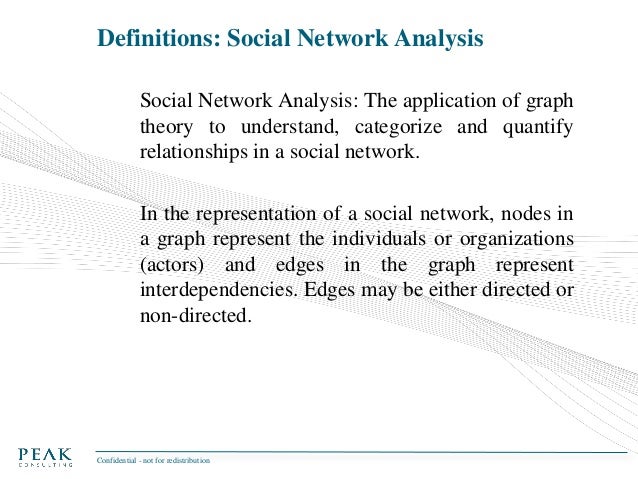


For a quantitative comparison between this algorithm and others we follow Duch and Arenas ( 19) and compare values of the modularity for a variety of networks drawn from the literature. In practice, the algorithm developed here gives excellent results. (We note in passing that in principle the fine-tuning method could also be used to refine results from other modularity maximization algorithms, such as the extremal optimization algorithm of ref. The whole procedure is repeated to subdivide the network until every remaining subgraph is indivisible, and no further improvement in the modularity is possible.

The spectral approach based on the leading eigenvector of the modularity matrix gives an excellent guide to the general form that the communities should take and this general form can then be fine-tuned by the vertex moving method to reach the best possible modularity value. For community structure problems we find that the equivalent joint strategy works very well. It is a common approach in standard graph partitioning problems to use spectral partitioning based on the graph Laplacian to give an initial broad division of a network into two parts, and then refine that division by using the Kernighan–Lin algorithm. However, the method really comes into its own when it is used in combination with the spectral method introduced earlier.
Transitivity network analysis definition trial#
It is not competitive with the best previous methods, but it gives respectable modularity values in the trial applications we have made. Here we take a different approach based on a reformulation of the modularity in terms of the spectral properties of the network of interest.ĭespite its simplicity, we find that this method works moderately well. A number of alternative heuristic methods have been investigated, such as greedy algorithms ( 18) and extremal optimization ( 19). Unfortunately, optimization by simulated annealing is not a workable approach for the large network problems facing today's scientists, because it demands too much computational effort. On the basis of such results we consider maximization of the modularity to be perhaps the definitive current method of community detection, being at the same time based on sensible statistical principles and highly effective in practice. found that this method outperformed all other methods for community detection of which they were aware, in most cases by an impressive margin. In direct comparisons using standard measures, Danon et al. ( 8) optimized modularity over possible partitions of computer-generated test networks by using simulated annealing. For instance, Guimerà and Amaral ( 12) and later Danon et al. The evidence so far suggests that this approach, of looking for divisions with high modularity, is a very effective way to tackle the problem. We can, if we want, artificially forbid this solution, but then a division that puts just one vertex in one group and the rest in the other will often be optimal, and so forth. This division is, in a sense, optimal, but clearly it does not tell us anything of any worth. If community sizes are unconstrained then we are, for instance, at liberty to select the trivial division of the network that puts all of the vertices in one of our two groups and none in the other, which guarantees we will have zero intergroup edges. However, as discussed above, the community structure problem differs crucially from graph partitioning in that the sizes of the communities are not normally known in advance. This “minimum cut” approach is the approach most often adopted in the graph-partitioning literature. Perhaps the most obvious way to tackle this problem is to look for divisions of the vertices into two groups so as to minimize the number of edges running between the groups. Let us approach this question in stages and focus initially on the problem of whether any good division of the network exists into just two communities.


 0 kommentar(er)
0 kommentar(er)
